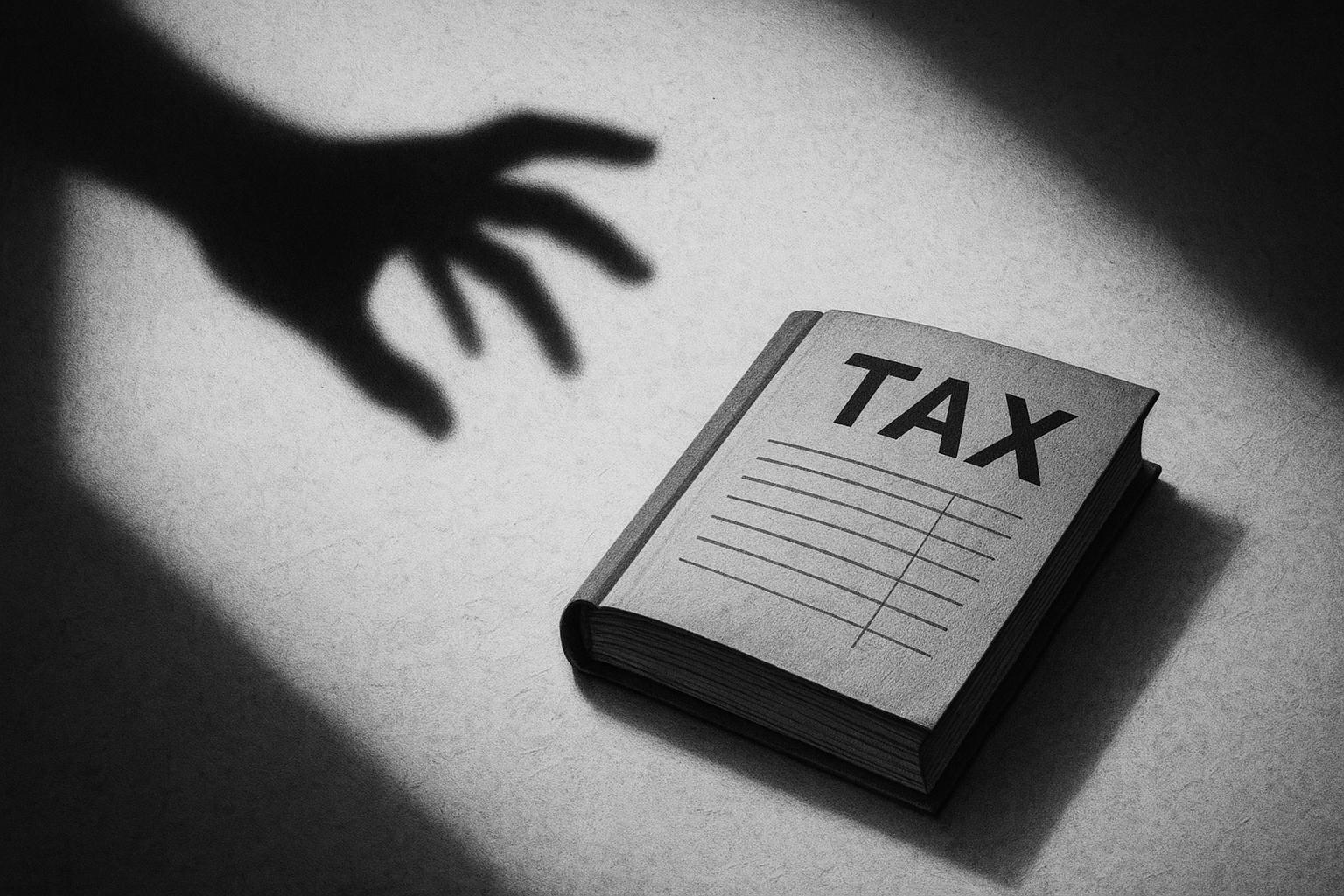After just 16 months in office, the Labour government under Chancellor Rachel Reeves appears to have entered what some describe as a "scorched earth" phase of economic policy, marked by a reluctance to curb public spending combined with the looming prospect of new and potentially damaging tax increases. According to commentary in the Daily Mail, Reeves has abandoned her earlier commitments not to raise taxes and is now exploring options targeting wealthier households, including potential taxes on savings, investments, pensions, or property sales. Speculation surrounds the possibility of an expropriatory wealth tax, akin to a one-off levy on accumulated net worth, reminiscent of measures taken by Cyprus during the euro crisis. This approach would require a costly and complex new bureaucracy to assess assets and handle appeals, raising concerns about inefficiency and economic damage, especially amid an increasing exodus of millionaires from the UK.
Labour's approach contrasts sharply with prior Conservative efforts to trim spending and reform welfare; since taking office, the government has reversed previous attempts to reduce civil service numbers and control welfare expenditure. This continuation and expansion of high spending levels—already inflated due to pandemic-related measures—has contributed to spiraling national debt and threatens to undermine the decades-long trend of low unemployment. Backbench Labour MPs blocked modest plans to slow welfare spending growth, reinforcing the perception that fiscal restraint is politically unfeasible, thereby pushing the government towards further tax increases without spending cuts.
The proposed wealth tax, widely viewed by economists as one of the most growth-inhibiting taxes, risks accelerating the departure of entrepreneurs and investors who currently shoulder a significant portion of the tax burden. Experts, including those from the Institute for Fiscal Studies (IFS), caution that such taxes require expensive administrative infrastructure and often fail to yield substantial revenue while damaging investment and economic growth. The IFS points out that annual wealth taxes have been abandoned by most developed countries due to these drawbacks.
Recent research by the Resolution Foundation underscores the stark wealth inequality in the UK, where the richest 10% hold about half of all household assets. The wealth gap has widened notably—wealthier households now possess assets equating to 52 years of average income compared to 38 years in the early 2000s. The surge in property prices, particularly in London, has accentuated this disparity. However, senior economists warn that an across-the-board wealth tax may disproportionately affect pensioners and southern homeowners rather than ultra-wealthy individuals who can relocate their wealth abroad.
In light of the worsening public finance outlook, with borrowing costs rising and welfare savings plans scrapped, prominent think tanks advocate for alternative approaches. The National Institute of Economic and Social Research (NIESR) recommends that Reeves consider an increase in income tax despite previous pledges to avoid such hikes for working people. They argue this would be less damaging economically than wealth taxes, VAT hikes, or corporate tax increases. Moreover, the Institute for Fiscal Studies urges comprehensive tax system reform over simple rate increases, suggesting adjustments to capital gains tax and property taxation as more targeted and growth-friendly options. For example, reallocating local property tax burdens based on house price appreciation and scrapping stamp duty could stimulate economic mobility.
Against this backdrop, Finance Minister Reeves is reported to be planning a larger fiscal buffer in the November budget to bolster resilience against economic shocks. Originally targeting a £9.9 billion buffer, the government now anticipates needing around £30 billion in additional revenue to stabilize public finances. While this may necessitate further tax rises or spending cuts, it reflects an acknowledgment of tightening borrowing conditions and downgraded growth forecasts. The Treasury maintains that these fiscal rules aim to reduce borrowing, keep interest rates low, and protect investment in public services.
Meanwhile, political opposition is sharpening. Conservative leader Kemi Badenoch unveiled plans to abolish stamp duty on property purchases over £125,000 and introduce significant spending cuts focused on welfare, foreign aid, and the government workforce. These measures seek to reduce Britain's national debt—close to 100% of GDP—and promote economic growth via tax cuts and deregulation. Badenoch’s proposals stand in stark contrast to Labour's current trajectory, signalling a fierce contest over fiscal and economic strategy leading into the next general election.
Adding to Labour’s more aggressive tax stance, recent government announcements include plans to close tax exemptions for wealthy non-domiciled residents on overseas income, aiming to raise £12.7 billion over five years. This move targets the controversial “non-dom” status and represents a push for greater fairness in taxation, although it has raised concerns among financial advisers about the potential loss of wealthy clients who might relocate abroad.
In sum, the Labour government faces a complex balancing act amid deteriorating public finances, rising inequality, and political pressures. Their current path—marked by higher and novel taxes on wealth coupled with sustained high public spending—has drawn criticism for risking economic growth and prompting capital flight. While tax reform advocates call for more nuanced and growth-sensitive policies, Labour’s willingness to break prior tax pledges and explore broadly unpopular wealth levies suggests a government prioritising short-term political calculations over long-term economic stability. The outcome of this approach will become clearer in the coming months but already poses profound challenges for the UK’s economic future and social fabric.
📌 Reference Map:
- Paragraph 1 – [1], [7]
- Paragraph 2 – [1]
- Paragraph 3 – [1], [4], [2]
- Paragraph 4 – [2], [1]
- Paragraph 5 – [3], [4]
- Paragraph 6 – [5], [1]
- Paragraph 7 – [6], [1]
- Paragraph 8 – [7], [1]
- Paragraph 9 – [1], [4], [3]
Source: Noah Wire Services
